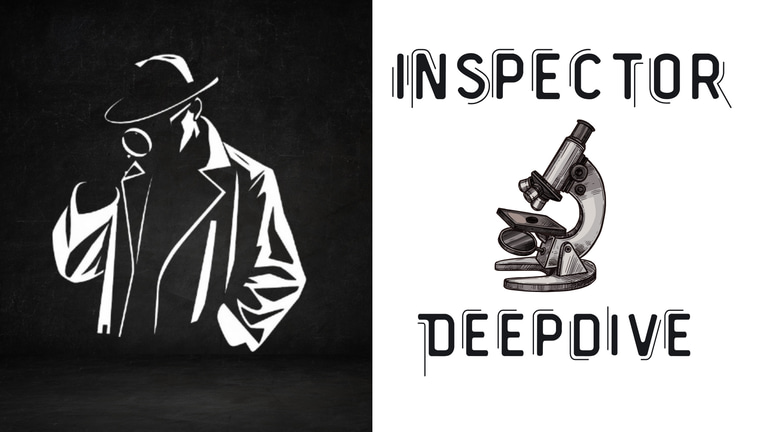Systemic Nickel Allergy Syndrome (SNAS): Symptoms, Diagnosis, and Latest Treatments in 2025

Systemic Nickel Allergy Syndrome (SNAS): Symptoms, Diagnosis, and Latest Treatments in 2025
Systemic Nickel Allergy Syndrome (SNAS): Symptoms, Diagnosis, and Latest Treatments in 2025
Systemic Nickel Allergy Syndrome (SNAS) is an allergic condition characterized by both contact dermatitis caused by nickel exposure and systemic symptoms triggered by ingestion of nickel-rich foods. Nickel, a ubiquitous metal found in soil, water, food, and many everyday items, can cause allergic reactions in sensitized individuals. SNAS manifests with a combination of skin symptoms such as eczema and dermatitis, along with gastrointestinal complaints including bloating, diarrhea, nausea, and abdominal pain.
Diagnosis of SNAS typically involves a positive nickel patch test, which confirms sensitivity to nickel, and an oral nickel challenge test conducted after a period of nickel-free diet to observe symptom recurrence. The oral challenge helps to confirm the systemic nature of the allergy. Patients with SNAS often report persistent skin lesions that do not improve with avoidance of direct skin contact alone, indicating systemic involvement.
Treatment primarily focuses on dietary management by restricting foods high in nickel, such as certain cereals (oats, barley, corn, soy), fruits (apricot, cherry, grape, pear, fig, melon, banana, plum, kiwi), vegetables (broccoli, onion, spinach, lettuce, asparagus, cauliflower), meats, fish, seafood, and some sweets like cocoa and chocolate. Studies have shown that a nickel-restricted diet can significantly reduce both cutaneous and gastrointestinal symptoms. However, adherence to such diets can be challenging due to nickel’s widespread presence in foods and the environment.
Emerging research explores the potential of oral immunotolerance induction through administration of microdoses of nickel sulfate, aiming to reduce sensitivity and symptoms over time. While promising, this approach remains experimental and is not yet widely available. Additionally, oral vaccines for nickel allergy are currently available only in Europe and show encouraging results.
SNAS is often underdiagnosed due to its complex symptomatology and the difficulty in linking systemic symptoms to nickel ingestion. Awareness among clinicians is crucial for timely diagnosis and management to improve patients’ quality of life. Further research is needed to establish standardized diagnostic criteria and effective treatment protocols.
For individuals with nickel allergy, especially those with systemic symptoms, careful evaluation of dietary nickel intake and avoidance strategies are essential. Patients experiencing persistent dermatitis, gastrointestinal symptoms, or urticaria should be assessed for SNAS to ensure appropriate care.
References:
© 2025 food.InspectorDeepDive.com. All rights reserved. Content may not be copied or republished without permission.
This article is for informational purposes only. InspectorDeepDive.com does not provide medical advice. Always consult a licensed healthcare provider before making dietary or health decisions.
